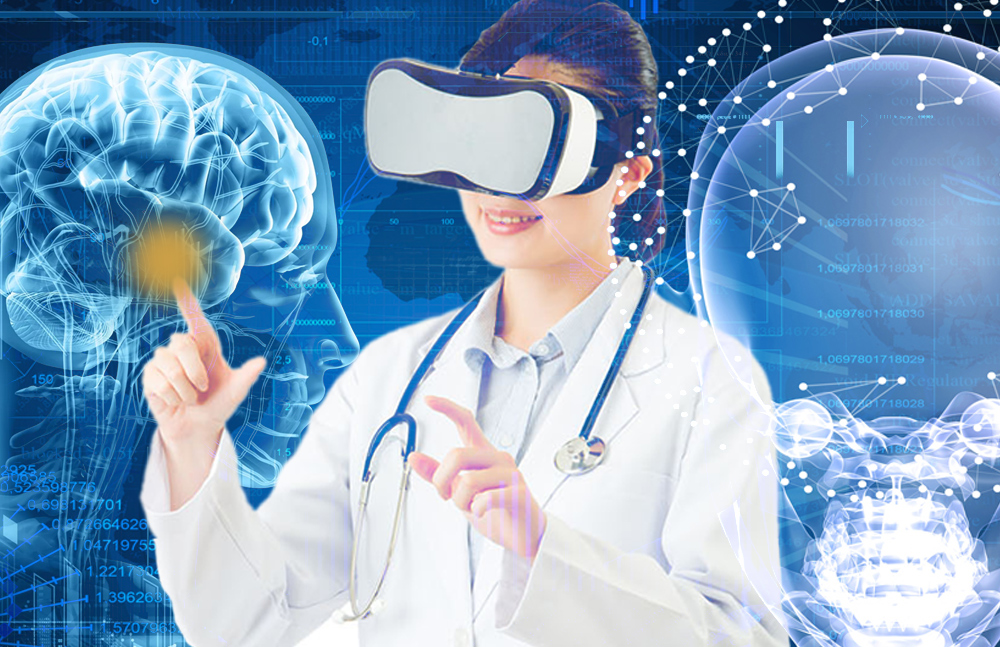VR in Healthcare
Healing will be at your fingertips with the innovative future of virtual reality
VR in Healthcare is revolutionizing the medical field, with its immersive technology transforming patient care and medical training. By immersing patients in realistic simulations, VR can effectively manage pain, anxiety, and aid in rehabilitation. VR has a variety of applications in healthcare, ranging from therapy to training and education.
Therapy and Rehabilitation
Training and Education
Pain Management
Remote Consultations
VR in Healthcare has the potential to revolutionize the way we think about medical treatment. It enables patients to immerse themselves in realistic and controlled environments, making it an excellent tool for training, therapy, and education. Virtual Reality also has the potential to improve access to healthcare for people living in remote or underserved areas.
Future Of Virtual Reality in Healthcare; Its Impacts on Physicians and Patients
VR is a technology that allows users to immerse themselves in a simulated environment. In healthcare, Virtual Reality finds uses for a variety of purposes, including training for medical procedures, therapy for mental health conditions, and pain management.
Benefits of VR over Physicians:
- Medical students and paramedic staff may undergo training using virtual reality in a controlled condition. It also helps them to perform procedures without harming actual patients.
- Physicians may use virtual reality to plan surgeries and visualize complex anatomical structures.
- VR can be used to train surgeons in a safe and controlled environment before they perform the procedure on actual patients. Thus, reducing the risk of complications or errors.


Drawbacks of VR over Physicians:
- The cost of VR equipment and the necessary software can be prohibitively expensive for some healthcare providers.
- There is a lack of research on the long-term effectiveness of VR in medical training and treatment. It may limit its widespread adoption by healthcare providers.
Virtual Reality Benefits for Patients:
- Using VR as a method of managing pain, patients can distract themselves from their discomfort and reduce their dependence on medications.
- VR can also be used as a form of therapy for mental health conditions such as post-traumatic stress disorder (PTSD) and phobias.
- VR may help patients in preparing for surgeries by reducing their anxiety and enhancing their understanding of what to expect.


Drawbacks of VR over Patients:
- The cost of VR equipment and the necessary software can be prohibitively expensive for some patients.
- Some patients may not be able to tolerate the use of VR due to certain physical or mental conditions.
In general, the use of VR in healthcare has the potential to improve patient outcomes and reduce costs. Though, it still needs more research to fully understand its benefits and limitations.
Upcoming Advancement of VR in Healthcare Industry
There are many potential future aspects of VR in healthcare that researchers and developers are currently exploring. Some of the most promising areas include:
Remote monitoring
Medical tourism
Medical education
Rehabilitation
Mental health therapy
Surgical simulations
Overall, the future of VR in healthcare is expected to bring more personalized, efficient, and effective healthcare services to patients.
